#bomber aircraft
Text

Thunderbolts blast ’em!
#vintage illustration#vintage poster#army air forces#u.s. army#propaganda#propaganda posters#u.s. military#fighter aircraft#bomber aircraft#life during wartime#wwii#ww2 history#ww2 aircraft#ww2 art#ww2#military aircraft#attack aircraft#republic p-47 thunderbolt#republic aviation#p-47 thunderbolt#p-47
72 notes
·
View notes
Text
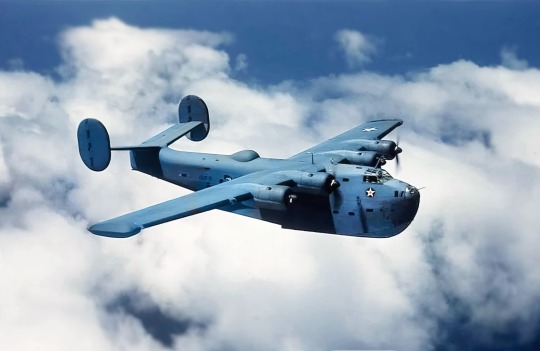
Consolidated PB2Y Coronado patrol bomber of patrol squadron VP-13, 1941
#youtube#aircraft#airplane#ww2#wwii#aviation#military#dronescapes#bomber#patrol#patrol bomber#bomber aircraft#aviation lovers#aviation photography#consolidated#Coronado#consolidated coronado#aviation history#world history#history#1941#patrol squadron
76 notes
·
View notes
Text
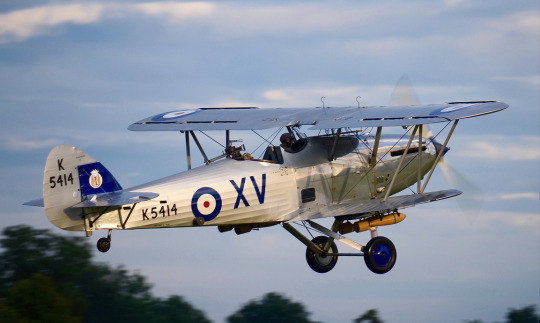
Late evening departure from Old Warden
A Vintage 1935 Hawker Hind light bomber, K5414, from the Shuttleworth Collection takes off from Old Warden Airfield, England.
79 notes
·
View notes
Photo

Savoia-Marchetti SM.79 Sparviero
146 notes
·
View notes
Text
Panchito bombing demo! The B-25 Mitchell Bomber, was named “Panchito” after the feisty Mexican rooster from the 1943 animated musical “The Three Caballeros”.
.
The 2023 Sun 'n Fun Air Show
Lakeland, Florida
.
#bomb #panchito #b25 #b25mitchell #mitchell #bomber #ww2 #wwii #wwiiairplane #wwiiaviation #airshow #airshowphotography #aviation #aviationgeek #aviationphotography #airplane #shotoncanon #canon #canoneosr #eosr #canonphotography #photography #pictureoftheday #canonlens #canonrf100500mm #rf100500 #mylensrental #sunnfun #lakeland #klaltowerchallenge
#photography#pictureoftheday#canon#canonphotography#photooftheday#airshow#sigmalens#canonrebelt6i#canoneosr#aviationphotography#panchito#bomb#bomber#bomber aircraft#wwii#wwii aircraft
15 notes
·
View notes
Text
youtube
#youtube#militarytraining#Combat Mission#Spain#Air Force Missions#Aircraft Maintenance#Air Force Base#Strategic Air Command#Texas#Military Deployment#Aviation#Aircraft Refueling#Air Force#Military Training#B-1B Lancers#Epic Mission#Strategic Bomber#USAF#Military Aircraft#Military Exercise#Aircraft Landing#Bomber Aircraft
3 notes
·
View notes
Text
America Day 🇺🇸🦅

#art#artists on tumblr#fanart#fan art#pokémon#pokemon#pokemon fanart#tinkaton#y2k#y2k art#mecha#b52#b52 stratofortress#bomber#bomber aircraft#4th of july#independence day
8 notes
·
View notes
Text

My first and oldest actual project but also my biggest one yet! A WWII B17!
#magica voxel#magicavoxel#voxel#voxelart#b 17 flying fortress#aircraft#plane#military aircraft#bomber aircraft
2 notes
·
View notes
Photo

Jack Leynnwood
5 notes
·
View notes
Text
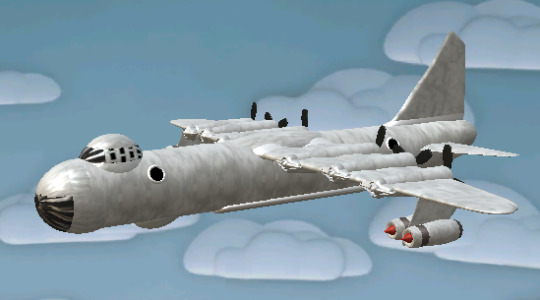

built a convair b-36 bomber in spore
#spore#spore 2008#spore creation#bomber aircraft#convair#convair b-36#cold war#united states air force
1 note
·
View note
Text

Defense in the air begins on the ground.
#vintage illustration#vintage poster#army air forces#u.s. army#propaganda#propaganda posters#u.s. military#fighter aircraft#bomber aircraft#life during wartime#wwii#ww2 history#ww2 aircraft#ww2 art#ww2#military aircraft#defense industry#the 40s#the 1940s#1940
63 notes
·
View notes
Text
The Legacy of Indian Bomber Aircraft: A Symbol of Strength
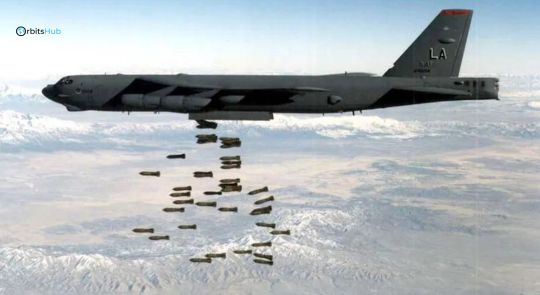
India's aviation industry has witnessed significant advancements in the realm of bomber aircraft, contributing to the nation's defense capabilities and technological prowess. In this blog, we will delve into the world of Indian bomber aircraft and explore the broader landscape of aviation within the country.
Indian Bomber Aircraft: A Historical Perspective
India's journey in developing and deploying bomber aircraft dates back several decades, marked by notable milestones and technological achievements.
HAL HJT-36 Sitara: While primarily a trainer aircraft, the HAL HJT-36 Sitara has also been used in the light attack role. Its versatility and performance make it a valuable asset in India's aviation fleet.
HAL Tejas: Developed by Hindustan Aeronautics Limited (HAL), the HAL Tejas is a lightweight, multirole fighter aircraft that has been adapted for ground-attack missions, including precision strikes and air interdiction.
Dassault Mirage 2000: While not indigenous, the Dassault Mirage 2000 has been a key player in India's strategic bomber capabilities. Upgraded versions like the Mirage 2000I and Mirage 2000H have bolstered India's defense capabilities significantly.
Sukhoi Su-30MKI: The Sukhoi Su-30MKI, a Russian-made twinjet multirole fighter, has been modified for long-range strike missions and carries a formidable array of weapons, including precision-guided munitions.
Indigenous Developments: India continues to invest in indigenous bomber aircraft development, with projects like the Advanced Medium Combat Aircraft (AMCA) aimed at enhancing the country's strategic air capabilities.
Aviation Industry in India
Beyond bomber aircraft, India's aviation industry encompasses a wide range of sectors, including commercial aviation, aerospace manufacturing, research and development, and aviation services.
Commercial Airlines: India boasts a thriving commercial aviation sector, with airlines like Air India, IndiGo, SpiceJet, and Vistara operating domestic and international flights, contributing significantly to the country's economic growth and connectivity.
Aerospace Manufacturing: Indian aerospace companies like Hindustan Aeronautics Limited (HAL), Bharat Electronics Limited (BEL), and Tata Advanced Systems Limited (TASL) play a vital role in manufacturing aircraft, avionics, and defense systems.
Research and Development: Institutions like the Aeronautical Development Agency (ADA), Defence Research and Development Organisation (DRDO), and Indian Space Research Organisation (ISRO) drive innovation and technological advancements in aviation and aerospace.
Training and Education: India has a robust ecosystem of aviation training institutes and academies that produce skilled pilots, engineers, and aviation professionals, supporting the industry's growth and sustainability.
Regulatory Framework: The Directorate General of Civil Aviation (DGCA) oversees aviation regulations, safety standards, and licensing requirements, ensuring compliance and safety across the aviation sector.
Challenges and Opportunities
While India's aviation industry has made significant strides, it also faces challenges and opportunities that shape its future trajectory.
Infrastructure Development: The need for modernized airports, air traffic management systems, and aviation infrastructure is crucial to support the growing demand for air travel and enhance efficiency.
Skilled Workforce: Developing and retaining a skilled workforce across various sectors of aviation, including pilots, engineers, technicians, and air traffic controllers, is essential for industry growth and sustainability.
Technological Innovation: Embracing emerging technologies like artificial intelligence, autonomous systems, sustainable aviation fuels, and electric aircraft presents opportunities for innovation and efficiency in aviation operations.
Global Collaboration: Collaboration with international partners, aerospace manufacturers, and research institutions can facilitate knowledge exchange, technology transfer, and joint ventures, driving growth and competitiveness in the global aviation market.
Environmental Sustainability: Addressing environmental challenges such as carbon emissions, noise pollution, and sustainable aviation practices is imperative for a greener and more sustainable aviation industry.
Future Outlook
The future of Indian bomber aircraft and aviation as a whole is poised for continued growth, innovation, and strategic relevance on the global stage.
Indigenous Technology Development: Investments in indigenous aircraft development, upgrades, and advanced technologies will strengthen India's defense capabilities and reduce dependence on foreign acquisitions.
International Collaborations: Collaborative ventures with global aerospace giants, joint development projects, and technology partnerships can accelerate innovation, enhance capabilities, and boost competitiveness.
Focus on Sustainability: Embracing sustainable aviation practices, renewable energy sources, and eco-friendly technologies will contribute to environmental conservation and align with global sustainability goals.
Enhanced Connectivity: Improvements in aviation infrastructure, regional connectivity, and air travel accessibility will drive economic growth, tourism, and trade opportunities across India and beyond.
Safety and Security: Prioritizing safety standards, regulatory compliance, cybersecurity, and disaster preparedness is paramount to ensuring a secure and resilient aviation ecosystem.
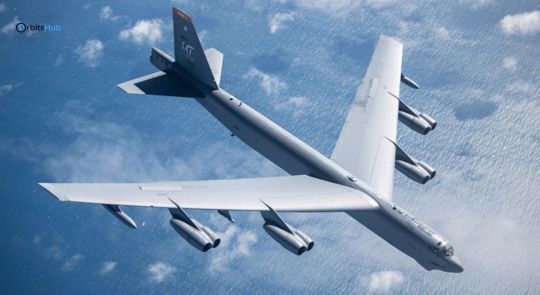
In conclusion, Indian bomber aircraft and the broader aviation industry are integral components of the nation's defense, economic growth, technological advancement, and global connectivity. With strategic investments, innovation-driven initiatives, and collaborative partnerships, India is poised to chart a path of excellence and leadership in the dynamic world of aviation.
0 notes
Text
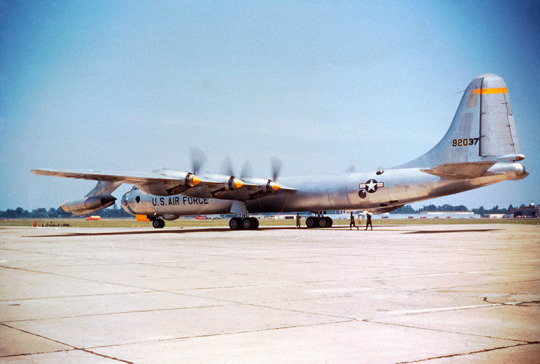
"Six turning four burning"
75 notes
·
View notes
Photo

Short Stirling. Outside St. Pauls during War Bonds drive.
83 notes
·
View notes
Video
youtube
American Giant Bombers | The Evolution From The XB-15 To The B-52. The B...
1 note
·
View note